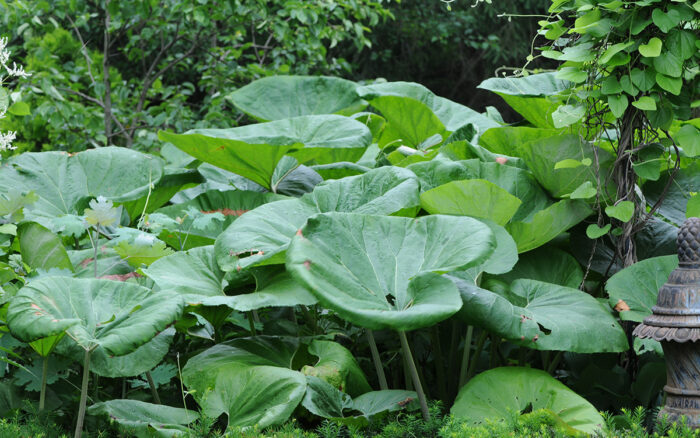
I’m a sucker for anything that looks tropical in the garden. The large leaves and bold foliage of bananas (Musa spp. and cvs., Zones 5–11), alocasias (Alocasia spp. and cvs., Zones 10–11), and colocasias (Colocasia spp. and cvs., Zones 8–11) are delightful, but we can only enjoy them for a month or two in the Northeast unless we grow them in containers that are protected through our cold winters. Northeastern gardeners dream of growing tropical-looking plants, but few can handle our harsh weather conditions. One of those few is butterburs (Petasites spp. and cvs., Zones 4–9).
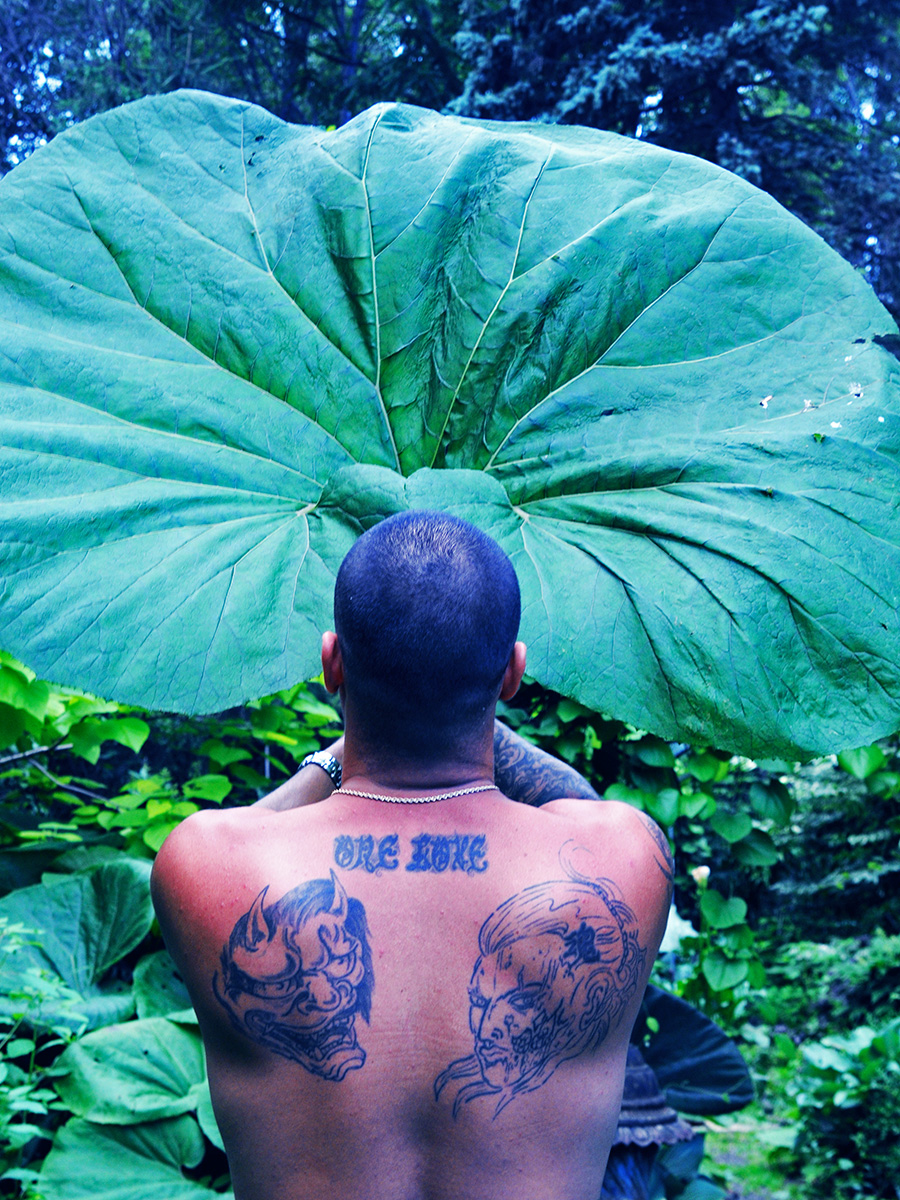
Seriously large foliage
There are a handful of species of butterbur available from various mail-order sources, including the common European butterbur (Petasites hybridus, Zones 4–8) and giant butterbur (P. japonicus var. giganteus, Zones 4–8). European butterbur is less showy, in my opinion, as it has foliage only 12 to 18 inches in diameter, while a giant butterbur’s leaves can be an entire 3 feet in diameter. European butterbur produces purple flowers in winter, but its spread is a bit more aggressive than that of giant butterbur. Giant butterbur is more impressive and the true giant of the pack. You may be asking yourself, “Apart from large foliage, why should I add butterbur to my garden?” There are a couple of additional reasons.
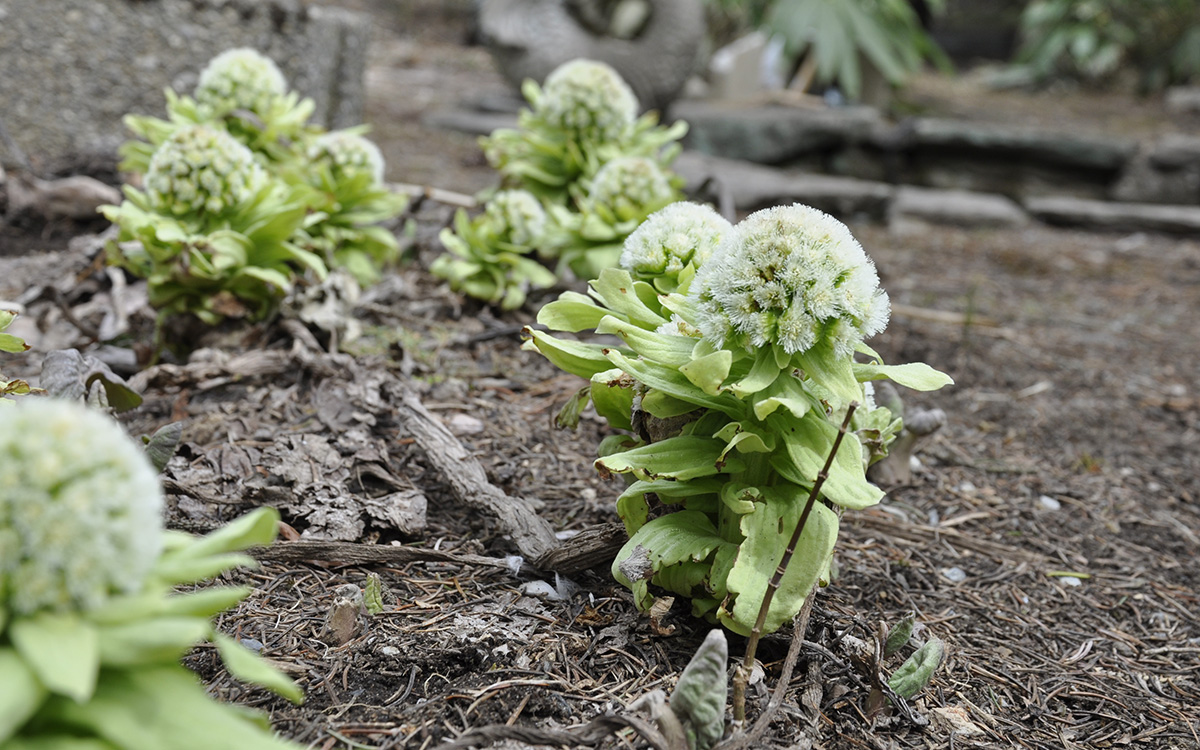
The first perennial to bloom
Butterbur is an early bloomer in the Northeast, even if there is snow on the ground. The flowering cobs arise close to the ground, as early as late January in mild winters but later in March if the snow cover is deep. They often produce a bit of heat and thus melt a little ring around each cob. These early flowers might be strange looking on their short stalks, but in midwinter not even the snowdrops (Galanthus spp. and cvs., Zones 3–9) are in bloom yet, so the sight is welcome. I should add that the bees love it, and butterbur flowers are a valuable food for many early pollinators.
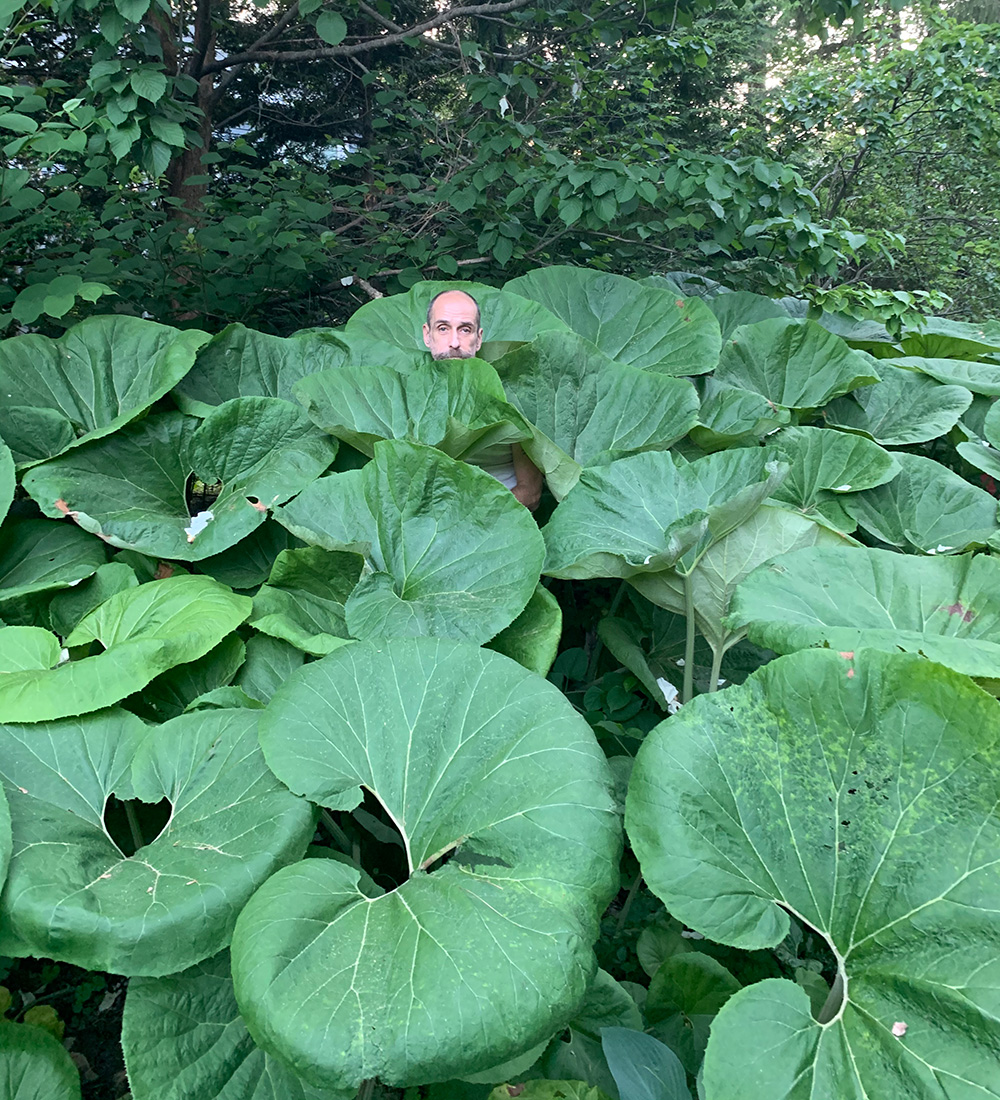
Easy care and low maintenance
Because it’s a runner plant, butterbur is easy to grow. The plant demands little aside from rich soil and some moisture (although it doesn’t like wet feet). Average garden soil is adequate as long as it gets a bit of afternoon shade and some irrigation during dry weather. Summer hailstorms are its nemesis. Such weather can obviously shred the giant umbrella-like leaves in just seconds, but almost any plant in the Northeast must contend with that risk.
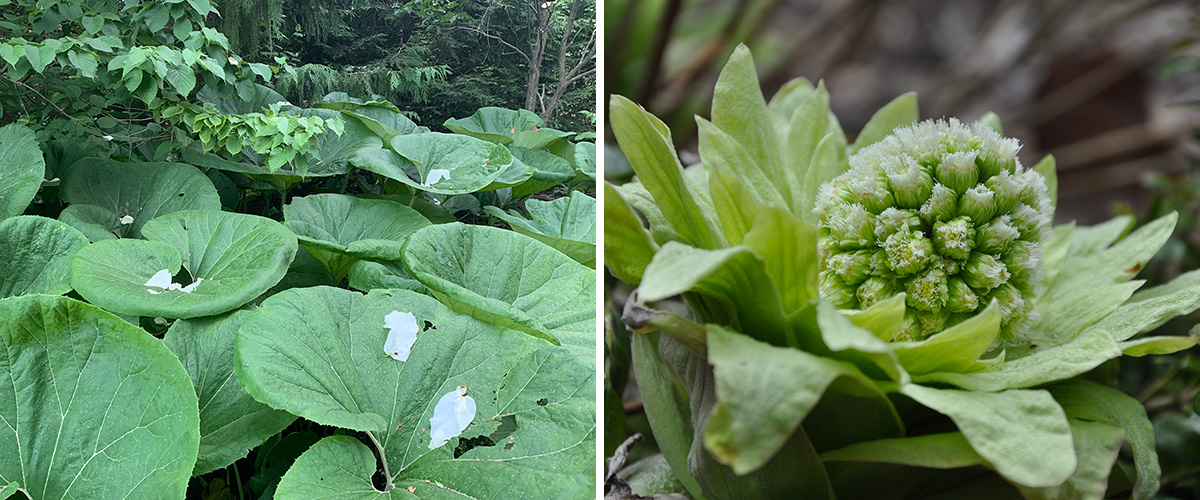
Don’t worry too much about spreading
Related to the more common yet smaller (and undeniably more invasive) coltsfoot herb (Tussilago farfara, Zones 4–9), all butterbur species will run along the ground. While butterbur can sometimes be listed as an invasive plant, in our colder gardens in the Northeast its ambitious spread is often welcome for those with space. Its large leaves will obviously need room. Butterburs are plants for dedicated gardeners, as they require responsible positioning and some annual control to temper their vigor. Yet unlike with other ambitious spreaders—such as periwinkle (Vinca spp. and cvs., Zones 4–9) or bamboo (Arundinaria gigantea, Zones 5–9), controlling their spread is easy: Just yank on emerging new growth by hand in spring, which will remove the entire tuberous portion of a new plant easily. Butterburs are fleshy and easy to destroy where you don’t want them.
The only actual downside to butterbur that I can think of is a small period of winter dormancy in which the plant dies, thus leaving a noticeable void. Then again, I should remind you that this plant will be the first plant flowering in your garden, and that certainly has its merits.
—Matt Mattus is the author of two books: Mastering the Art of Flower Gardening and Mastering the Art of Vegetable Gardening. He gardens in Worcester, Massachusetts.



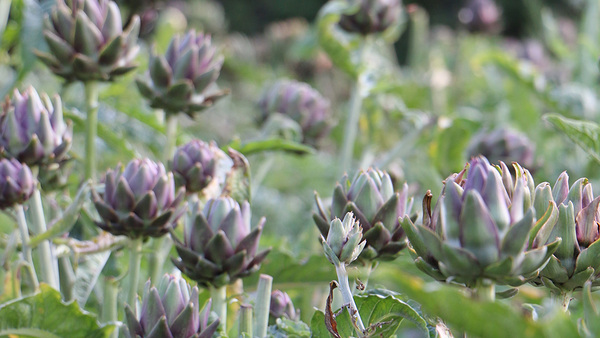














Comments
Log in or create an account to post a comment.
Sign up Log in